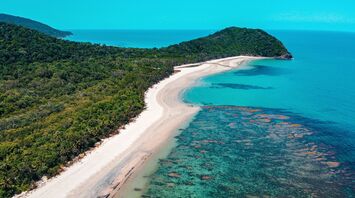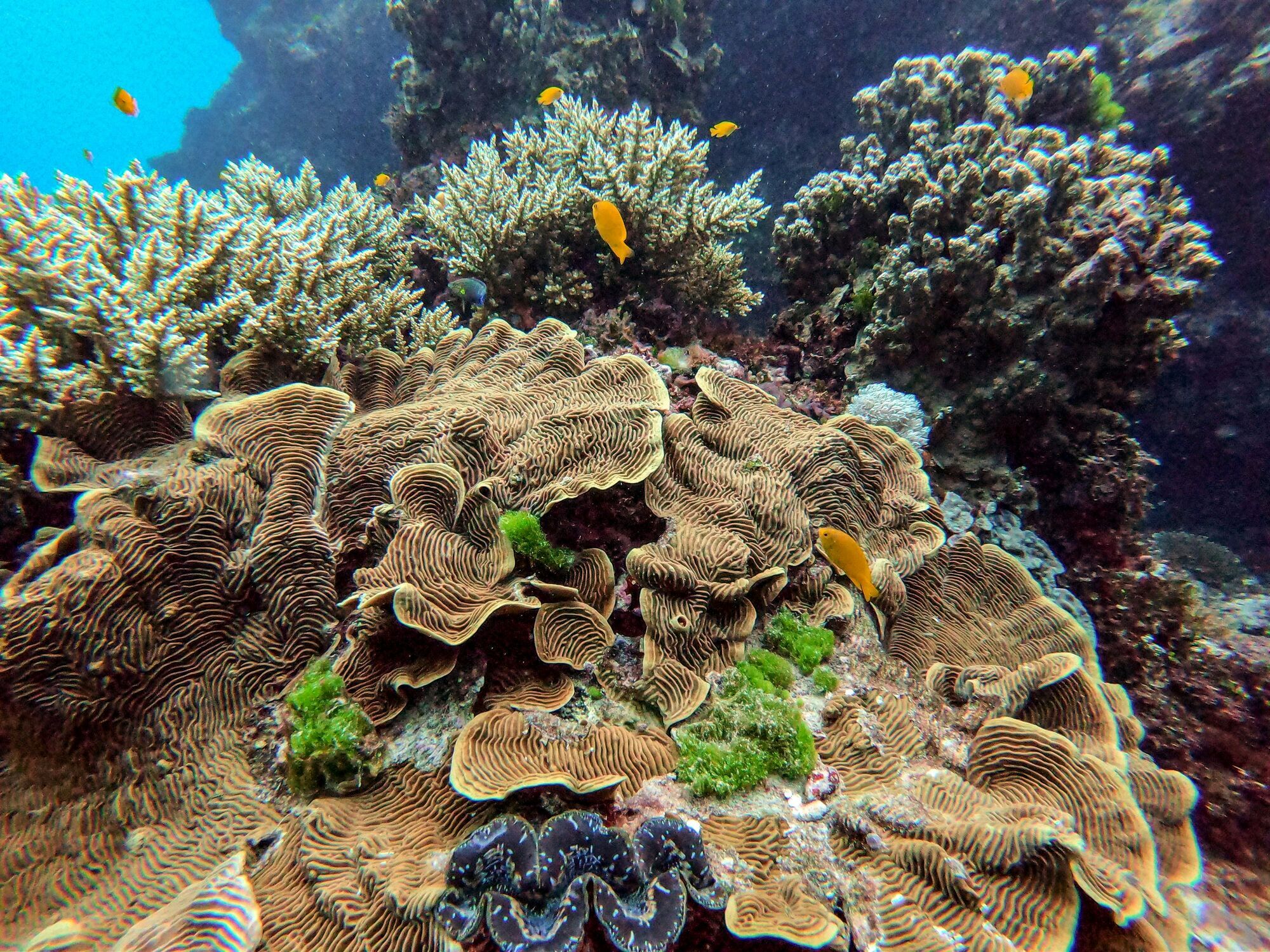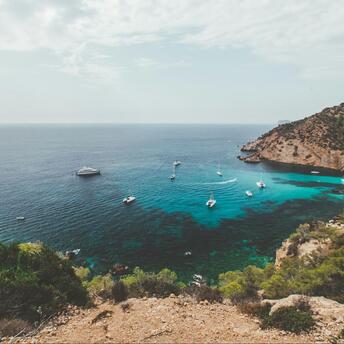Safeguarding the Great Barrier Reef: A Critical Conservation Effort

The Great Barrier Reef, a natural marvel stretching along the northeastern coast of Australia, has long captivated the imagination of travelers and marine enthusiasts alike. As the largest coral reef system on Earth, this UNESCO World Heritage site is renowned for its diverse marine life and vibrant underwater ecosystems. However, the reef’s future is increasingly fragile, facing numerous environmental threats that endanger its survival. Today, preserving this ecological treasure is not just a matter of local concern—it is a global priority.
A Delicate Ecosystem Under Threat
The Great Barrier Reef is home to thousands of species, from coral polyps to marine mammals, all of which rely on a delicate balance of environmental conditions to thrive. Yet, this complex ecosystem is under mounting pressure from human-induced climate change, pollution, and unsustainable tourism practices. Rising sea temperatures have triggered mass coral bleaching events, which weaken the reef's ability to sustain life. Additionally, pollutants such as agricultural runoff and plastic waste have compromised water quality, further threatening the reef's health.
Coral bleaching, in particular, is one of the most visible signs of distress. It occurs when corals expel the symbiotic algae that live within their tissues due to warmer ocean temperatures. Without these algae, corals lose their color and their main energy source, often leading to their death. The frequency and severity of these bleaching events have escalated in recent years, raising alarms among scientists and conservationists.
Conservation Initiatives Gaining Momentum
Despite these challenges, conservation efforts aimed at safeguarding the Great Barrier Reef are intensifying. Queensland, the Australian state responsible for much of the reef's protection, has implemented several strategies to mitigate the environmental damage. These initiatives include stricter regulations on water quality, curbing coastal development, and promoting sustainable fishing practices to reduce harmful impacts on the marine environment.
One of the most promising efforts comes in the form of large-scale coral restoration projects. Researchers and conservation groups are developing methods to "seed" damaged areas of the reef with resilient coral species, hoping to accelerate natural recovery processes. Additionally, there is a growing movement to develop heat-resistant coral strains, which may have a better chance of surviving in a warming ocean. Such projects are still in experimental phases, but early results offer a glimmer of hope for the future of the reef.
Sustainable Tourism: The Traveler’s Role in Conservation
For travelers, the allure of exploring the Great Barrier Reef firsthand is undeniable. Yet, responsible tourism plays a crucial role in ensuring the reef’s survival for generations to come. Visitors to the reef must be mindful of how their actions affect the environment. Choosing eco-certified tours, which follow strict guidelines to minimize environmental impact, is one way tourists can support conservation efforts.

Many tour operators in Queensland are adopting sustainable practices, offering educational experiences that highlight the importance of reef preservation. By focusing on marine education, these operators encourage visitors to not only enjoy the reef's beauty but also to become advocates for its protection. Practices such as using biodegradable sunscreens, which are less harmful to marine life, and avoiding direct contact with coral structures help reduce damage to the ecosystem.
Government and International Cooperation
The Australian government has been increasingly proactive in its efforts to protect the reef, launching a series of initiatives aimed at both national and international collaboration. The "Reef 2050 Plan," a comprehensive framework designed to improve the reef’s health over the next several decades, focuses on reducing pollution, managing fishing activities, and promoting marine conservation research. The plan also encourages partnerships with international organizations and local Indigenous communities, recognizing that effective conservation requires collective action.
However, many experts argue that these efforts must be accelerated to keep pace with the rapid environmental changes affecting the reef. Climate change remains the most significant threat to the reef’s future, and while local conservation efforts are vital, addressing the global factors driving this crisis—such as carbon emissions—requires coordinated international policy changes.
The Bigger Picture: Why the Reef Matters
While the Great Barrier Reef is a natural wonder that draws millions of tourists each year, its significance extends far beyond its aesthetic appeal. As one of the planet’s most biodiverse ecosystems, the reef plays a critical role in maintaining global marine health. It supports a variety of species that are vital to the ocean’s food chain, and its coral structures act as natural barriers that protect coastal areas from storm surges and erosion.
Moreover, the reef contributes significantly to Australia's economy, with tourism generating billions of dollars annually. The livelihoods of many Australians, particularly those in Queensland’s coastal regions, depend on the reef's well-being. As such, preserving the reef is not just an environmental necessity—it is also an economic imperative.



















